UK Garage and New Jack Swing in K-Pop
- Ibrahim Kamara
- Nov 12, 2024
- 3 min read
Updated: Nov 15, 2024
K-Pop’s Evolution and the Grueling Road to Fame
BlackPink via YG Label
K-Pop has transformed from a South Korean phenomenon into a global cultural force. But the path to becoming an idol is as intense as it is fascinating, demanding years of hard work, talent, and resilience from young trainees. Often likened to medical school due to its intensity, the K-Pop training process involves up to 12 hours daily of vocal, dance, and “visual” (appearance) training (see below a taster of whats involved).
This video covers the rigorous process some trainees undergo to become K-pop stars
These hopefuls invest years in honing their craft, with only a small percentage eventually debuting. The rise of BTS and Blackpink has expanded K-Pop’s reach, bringing its highly polished sound to Western radio. However, a K-Pop’s internal soundscape has always incorporated western sounds from UK Garage to New Jack Swing.
Embracing Nostalgia and Musical Fusion
One of NewJeans most UK Garage sounding songs via ADOR
Like its predecessors, the 4th Generation of K-Pop—led by groups like NewJeans, TripleS, and GroovyRoom—incorporates stylistic elements from older Western genres like UK garage and New Jack Swing. UK garage emerged in England during the 1990s, characterised by syncopated drum patterns, shuffling hi-hats, and rhythmic basslines. This sound gained immense popularity, notably with tracks like “With a Little Bit of Luck” by DJ Luck & MC Neat and “Do You Really Like It?” by DJ Pied Piper.
The iconic sound off early 00s UK garage
Meanwhile, New Jack Swing, pioneered in the 1980s and brought to mainstream prominence by American producers like Teddy Riley, blended R&B, hip-hop, and funk with syncopated rhythms and punchy beats.
A New Jack Swing Banger from NewJeans via ADOR
Artists like Janet Jackson, Al B. Sure!, and Bel Biv Devoe made New Jack Swing a fixture in 1990s pop culture, and it has since become synonymous with the era’s danceable grooves. These two genres once dominated radio and club culture but faded by the early 2000s, replaced in the UK by grime and in the U.S. by contemporary R&B and pop.
One of the most iconic New Jack Swing songs from the early 90s
The K-Pop Nostalgia Revival: From DJ Sets to Idol Training Studios
K-Pop producers have have always included these genres, infusing them with the industry’s characteristic high-budget production. Groovyrooms’ 2024 single “Yes or No,” for instance, features rhythmic drum patterns and basslines directly reminiscent of classic UK garage, but with a refined pop polish.
Similarly, TripleS, a groundbreaking 24-member girl group, has made use of New Jack Swing in their releases, incorporating high-energy beats that emphasise syncopation and swing rhythms, channeling an authentic 1990s feel. One reason these nostalgic genres fit well within K-Pop’s aesthetic is their danceability. New Jack Swing’s syncopated beats create an infectious groove, perfect for choreographed routines, while UK garage’s deep bass and fast tempo align with K-Pop’s bold and dynamic visual presentations.
Why UK Garage and New Jack Swing Work So Well in K-Pop
The use of these genres within K-Pop reflects the genre’s adaptability and open embrace of western nostalgic genres . UK garage’s minimalistic beats allow for a cleaner production that highlights vocal harmonies and dance routines. Conversely, New Jack Swing’s swing rhythms and lively melodies bring a sense of nostalgia to a younger audience unfamiliar with its origins.
This also taps into broader trends of genre-bending and retro influences in global pop music, with K-Pop often leading the charge in reinventing Western sounds for new, international audiences. The big budgets typical of the K-Pop industry enable producers to use these genres’ classic sounds with cutting-edge production techniques, making each song feel fresh and cinematic.
The Globalisation of Nostalgia and K-Pop’s Future
As K-Pop’s soundscape moves forward (already were seeing more and more groups using EDM this year), the incoporation of UK garage and New Jack Swing in groups like NewJeans and TripleS underscores a significant shift toward globalised nostalgia. By adapting these Western genres within its polished framework, K-Pop continues to evolve, bringing fresh sounds to both seasoned fans and new listeners. And with each release, these groups prove that K-Pop’s “anything goes” approach to music will continue driving the genre’s expansion and influence around the world. In a landscape saturated with modern trends, K-Pop’s embrace of the past reminds us of the power of nostalgia, one syncopated beat and groovy bassline at a time.

